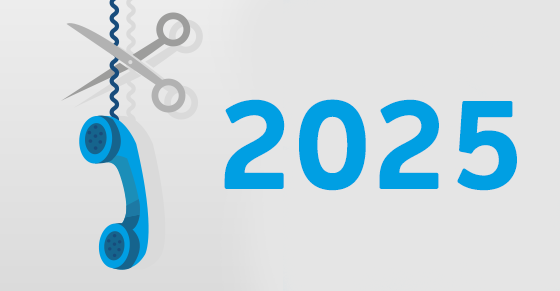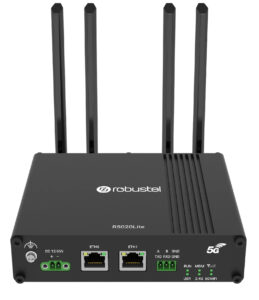Mobile data solutions are a huge growth area for the channel because they can replace traditional fixed lines as well as provide reliable connectivity for a plethora of new M2M applications, of which digital signage, ANPR/CCTV cameras and tracking are just a few examples. Book to bill is days rather than months and recurring margins are reasonable. Most MSPs and resellers partner with a single wholesaler, rather than try and deal with the MNOs directly. Specialist aggregators have developed differentiated channel products that end users cannot buy from the MNOs directly and are better priced. The best suppliers will have a suite of intuitive software tools and a portal to make the management of multiple suppliers easier, and less risky with maximum control and margin realisation. Recent innovations in global multinet SIMs and QR codes offer the channel alternatives that their customers need and which will save them money.
Criteria
Choosing the right supplier will tick all the boxes for resellers and MSPs to move quickly into selling mobile data products. Wholesale suppliers will need to give channel partners the tools to uncover and win deals, usually competing with the direct sales arms of the mobile networks. They must be an aggregator with access to all the networks and ideally, they will also be an independent MVNO. Most importantly everything must be automated, with real-time APIs offering zero-touch provisioning and management through a single self-service portal.
The most successful of these will be highly innovative, with a constant stream of relevant mobile data and IoT products that the networks would otherwise take years to develop and launch. When you partner with the right channel supplier, mobile data is easy to sell, support and bill.
Collaboration
The prospect for the channel is significant. ICT resellers already enjoy strong relationships with businesses and the public sector having sold them a range of IT and telecoms infrastructure. We help partners uncover opportunities and win them with solutions end users just cannot buy from anyone else. Jola has a six-step proven process to help businesses go from a standing start to building a very profitable recurring revenue stream from mobile data.










